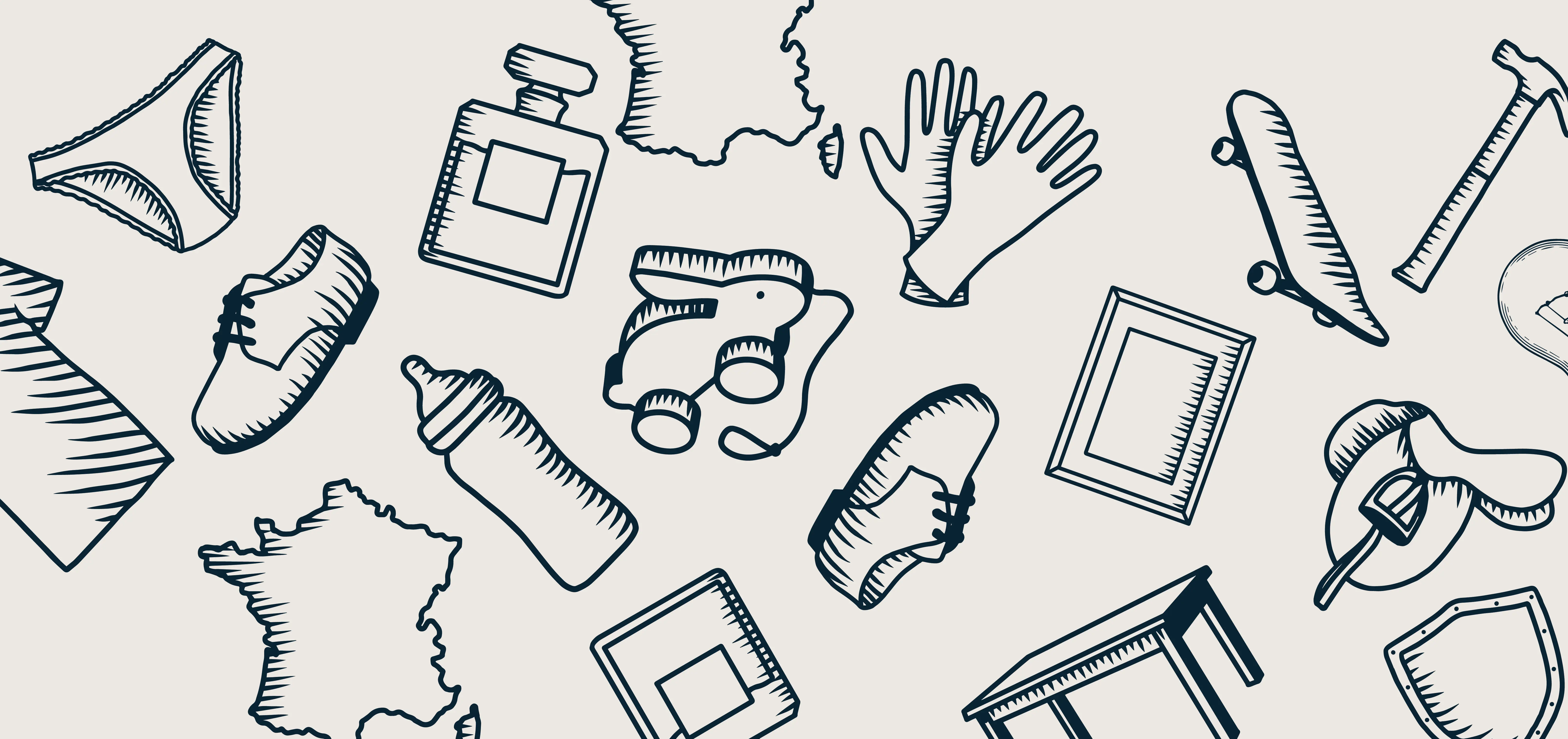Trouver par type de produits :
En savoir plus sur le secteur Plastiques et alternatives :
Why is plastic a flagship material? The word plastic comes from the Latin "plasticus" and the ancient Greek word meaning "related to molding". Known and used for its ease of shaping, its name carries its meaning. Plastic can be found in every industry and in almost every sector, with a production of approximately 400 million tons per year in 2022. The trend is clear, the use of plastic materials is growing to replace metal parts, for example. It is a material with multiple technical characteristics, including a non-expanded density, lower transformation temperature, interesting elasticity, resistance to chemical agents, low electrical conductivity, and many others. The history of plastic Traces of the first material that resembles plastic date back to ancient times, when the Romans produced it from turtle shells or natural rubber, which they heated and molded. Then, in 1870, celluloid was invented and used to make film reels. Gradually, in the 19th century, several industrialists and chemists discovered specific plastic materials and processes for manufacturing and using them. However, their use remained rare. It was in the 20th century that production and use processes were confirmed and massively developed, leading to the contemporary use of plastic that we know today. Alternatives to plastic Plastic is made from petroleum, which is extracted from the ground, stored in large tanks, and then refined in a refinery. This main component of plastic, petroleum, is a major problem for the environment, as is the issue of plastic waste. Out of the astronomical quantities produced and used, only 9% is recycled, 12% is incinerated, and the rest ends up in nature or in landfills. Solutions are being sought, but they often remain more expensive than fossil-based plastic, which is why it is still widely used today. Therefore, although convenient and overused, plastic is not a sustainable solution for our environment. Companies are working daily to find alternatives to plastic, such as edible tableware, algae-based plastic, sugar cane residue plastic, olive seed plastic, cactus plastic, etc., as well as other reusable materials like glass and stainless steel. The Plastics Valley The Plastics Valley is located in the departments of Ain and Jura. It is home to 662 establishments related to plastics and employs 15,600 people, with a turnover of 24 billion euros. It is nicknamed after Silicon Valley in California. It is a goldmine of expertise and professions, including suppliers of raw materials, consumables for decoration, machine and peripheral suppliers and manufacturers, mold makers, finishing, fashion professions, engineering offices, services and maintenance, and recycling. On the La Source Française platform, you can find many French manufacturers such as DPN, Aisan industry France, Fontanay, and Mdplast.
En savoir plus sur le secteur Plastiques et alternatives :
Why is plastic a flagship material? The word plastic comes from the Latin "plasticus" and the ancient Greek word meaning "related to molding". Known and used for its ease of shaping, its name carries its meaning. Plastic can be found in every industry and in almost every sector, with a production of approximately 400 million tons per year in 2022. The trend is clear, the use of plastic materials is growing to replace metal parts, for example. It is a material with multiple technical characteristics, including a non-expanded density, lower transformation temperature, interesting elasticity, resistance to chemical agents, low electrical conductivity, and many others. The history of plastic Traces of the first material that resembles plastic date back to ancient times, when the Romans produced it from turtle shells or natural rubber, which they heated and molded. Then, in 1870, celluloid was invented and used to make film reels. Gradually, in the 19th century, several industrialists and chemists discovered specific plastic materials and processes for manufacturing and using them. However, their use remained rare. It was in the 20th century that production and use processes were confirmed and massively developed, leading to the contemporary use of plastic that we know today. Alternatives to plastic Plastic is made from petroleum, which is extracted from the ground, stored in large tanks, and then refined in a refinery. This main component of plastic, petroleum, is a major problem for the environment, as is the issue of plastic waste. Out of the astronomical quantities produced and used, only 9% is recycled, 12% is incinerated, and the rest ends up in nature or in landfills. Solutions are being sought, but they often remain more expensive than fossil-based plastic, which is why it is still widely used today. Therefore, although convenient and overused, plastic is not a sustainable solution for our environment. Companies are working daily to find alternatives to plastic, such as edible tableware, algae-based plastic, sugar cane residue plastic, olive seed plastic, cactus plastic, etc., as well as other reusable materials like glass and stainless steel. The Plastics Valley The Plastics Valley is located in the departments of Ain and Jura. It is home to 662 establishments related to plastics and employs 15,600 people, with a turnover of 24 billion euros. It is nicknamed after Silicon Valley in California. It is a goldmine of expertise and professions, including suppliers of raw materials, consumables for decoration, machine and peripheral suppliers and manufacturers, mold makers, finishing, fashion professions, engineering offices, services and maintenance, and recycling. On the La Source Française platform, you can find many French manufacturers such as DPN, Aisan industry France, Fontanay, and Mdplast.
